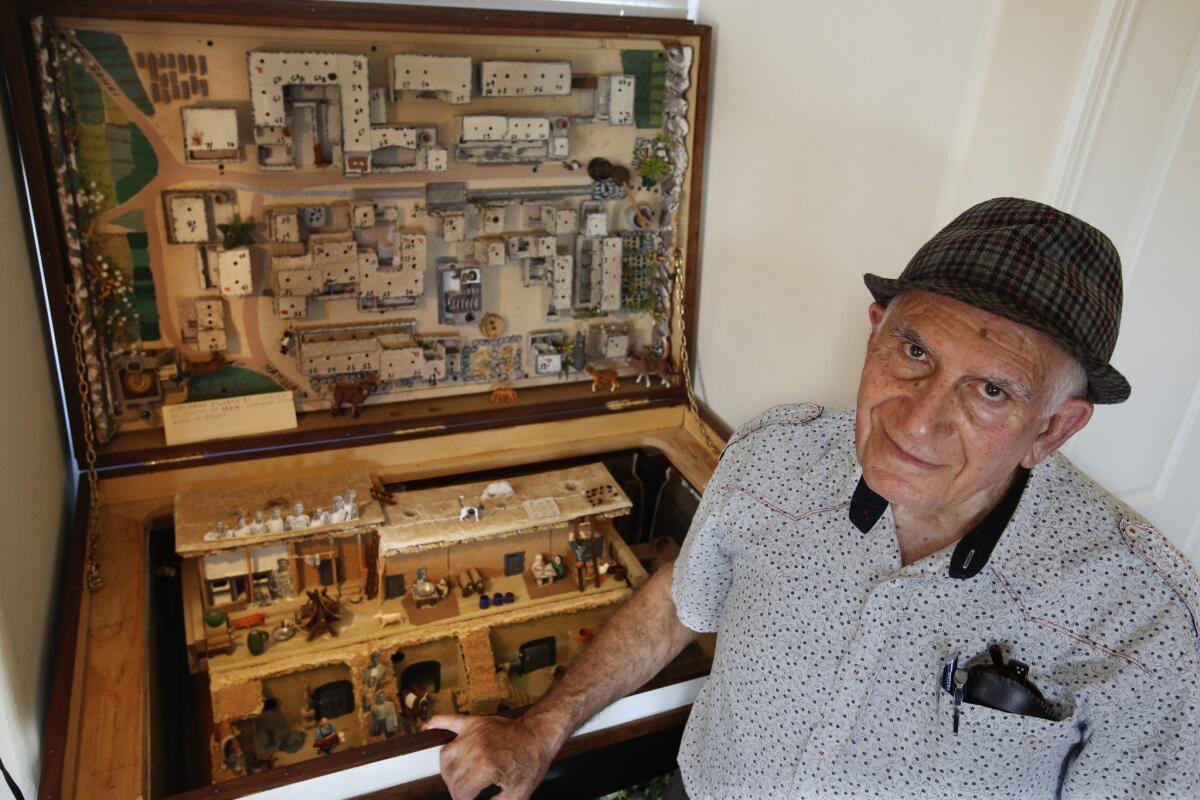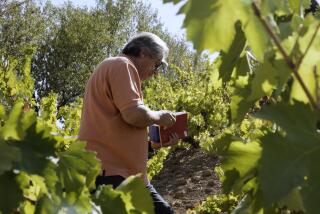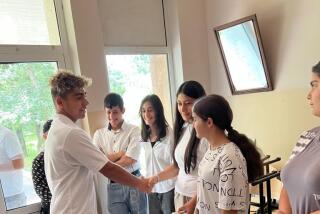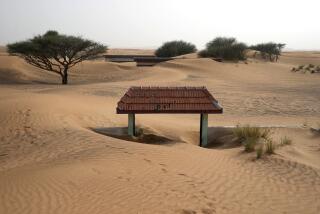Armenian village, painstakingly rebuilt, comes to life in Redondo Beach

The project started out as a simple exercise of memory: Tony Aivazian wanted a way to recall his hometown when neither photos nor the possibility of going back to visit existed. So he drew a map of Hajiabad — one of a cluster of Armenian enclaves in Iran dating back hundreds of years — where he was born. He included all 75 homes, which he numbered on a map, as well as the location of the town’s church, school, store and cemetery.
“My aunts, uncles and cousins all lived there, so I was able to remember exactly which house, but there were many other families here as well,” says the 75-year-old from his Redondo Beach condominium, located a few blocks from the beach. “All of this had to come from memory only.” So began the process of recalling who lived where. It took him almost a year to fill in the residents’ names, each entered inside the corresponding house on the map and then repeated in a separate legend in both English and Armenian.
But it wasn’t until a year later, when Aivazian’s wife Seda, who is from a neighboring Armenian village in the area, was about to throw away a coffee table that the retired security supervisor hit upon another idea: “It slowly came to my mind that I wanted something that I could really show my children and my grandchildren, where we came from. I want them to know that in a way that was more than just paper.”
In 2012, Aivazian took the coffee table and converted it into a base for what turned into a two-year project to build a model of his hometown. Using pressboard to build homes originally made out of mud mixed with fibers, Aivazian began constructing his childhood village. On one half of the 4-foot-by-4-foot area, he created an overview of Hajiabad. There’s the church, the school and the well in the center, and orchards, a cemetery and a swimming hole on the sides. Unlike other Armenian villages, his was not walled. On the other half, there’s a “close-up” of his family’s house, a two-story home where he lived with his mother, father, siblings and uncle’s family. Farm animals lived on the ground floor, the family on the second floor.
Aivazian employed all manner of materials to recreate the home, using plastic animals from a toy store for livestock and toothpicks to create the rungs of a ladder connecting the second story to the roof, where grapes were dried. Cut up pieces of raffia from Walgreens were used for hay, plastic plants from an aquarium shop provide foliage, and bottle caps were converted into stew pots. He made the ceramics by hand and took particular care to re-create some almost-forgotten elements of village life, such as a “korsi,” a low table under which coals were lit to provide heat in the winter.
“There was no electricity or plumbing, but everyone knew everyone. We were together all the time,” says Aivazian.
Aivazian lived in Hajiabad until he was 13. His family left the village and moved to a larger town, Abadan, before eventually moving to the capital city, Tehran. In 1978, the Aivazians left Iran and moved to Cupertino, Calif., and, in 1992, to Redondo Beach.
“Armenians no longer live in these villages,” says Aivazian. “To go back now, I would not recognize it.”
All of which makes the model all the more meaningful. “I want my kids and their kids to know that from nothing, from dirt roads and one cow ... from that they can see how much advantage and opportunity are here.”
Twitter: @latimeshome
More to Read
Sign up for Essential California
The most important California stories and recommendations in your inbox every morning.
You may occasionally receive promotional content from the Los Angeles Times.










